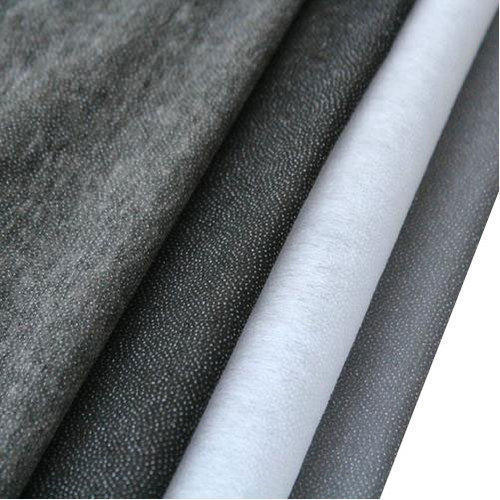Interlining is an essential component of garment manufacturing. It is a layer of fabric inserted between the outer fabric and the lining of a garment to add structure, shape, and support. Interlining can be made of a variety of materials, including cotton, polyester, wool, and silk, and can be woven, non-woven, or knitted.
The benefits of interlining in garment manufacturing are numerous. Interlining can provide extra warmth, help fabrics drape better, prevent wrinkling, and add durability to the finished garment. It can also be used to add stiffness or softness to a garment, depending on the desired effect.
Interlining is particularly important in tailored garments, such as suits, jackets, and coats, where structure and shape are key components. It can be used to reinforce the collar and lapel, add body to the chest and shoulders, and provide support to pockets and hems. Without interlining, these areas of a garment would be limp and shapeless, compromising the overall look and fit.
Interlining is also crucial in certain types of fabrics, such as lightweight or sheer materials, which can be difficult to work with and may require extra support to maintain their shape. In these cases, interlining can provide the necessary stability and prevent the fabric from puckering or distorting during the manufacturing process.
Choosing the right interlining for a garment is essential. The weight and thickness of the interlining should be appropriate for the fabric and the intended use of the garment. A lightweight interlining may be suitable for a summer jacket, while a heavier interlining may be required for a winter coat. The type of interlining should also be considered. Woven interlining is generally stiffer and more durable than non-woven interlining, but may be less flexible.
Interlining is a critical component of garment manufacturing that should not be overlooked. It plays a significant role in the structure, shape, and durability of a garment and can have a significant impact on the overall look and fit. Choosing the right interlining for a garment is essential to ensure a quality finished product that meets the designer’s vision and the customer’s expectations.


Leave a Reply